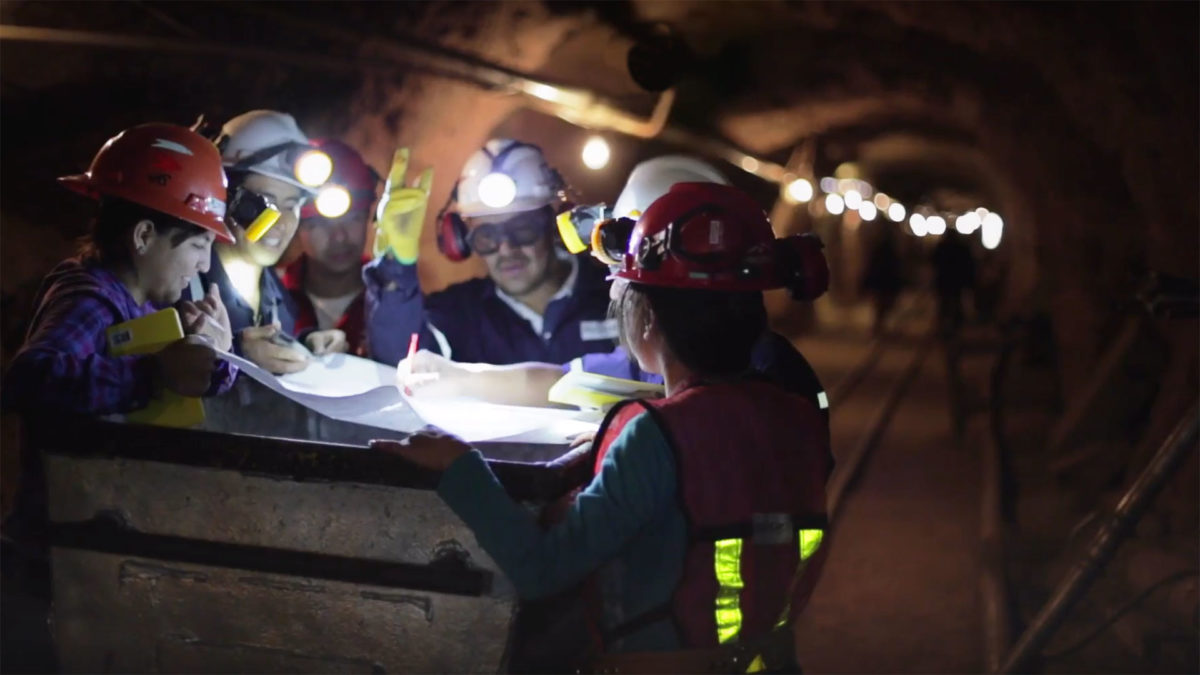“Janus was an important Roman god who protected doorways and gateways. He had two faces, one looking forward, the other backward, just as a door faces two ways.” – Credo Reference
In addition to having served as Vice President of the Ontario General Contractors Association, Stephen Bauld has, over 39 years, distinguished himself as a leading authority on complex contracting and construction project risk management.
In a January 2018 article, Bauld writes; “Risk management within the major capital project involves not only dealing with the allocation of risk between contractors, consultants, and the organization but also assessing the likelihood of the contractor default.” He then goes on to say that when it comes to major capital projects, understanding “new dimensions of risk, outside the normal scope of organizational activity,” is critical.
The need to understand and manage this broader scope of risk is one of the reasons why a PHD thesis survey by my good friend and colleague, Craig Rice, regarding project risk management in the mining industry is so important. Project managers, as a profession, need to look for ways to proactively improve how we analyze and manage risks; starting with a better understanding of why projects can fail.
In short, to increase the potential for project success moving forward, we must also look backward to learn from past failures, like Janus.
Learning from The Past
It is interesting that if we research the reasons why projects fail in 2019, we discover that some of the challenges from ten years ago remain somewhat the same today. The question this raises is, what progress have we made in our ability not only to identify but to mitigate these old issues to improve outcomes? Quantifying project outcomes can itself be a challenge, regardless of the industry.
For example, in a 2017 report, IT project success rates were supposedly improving. However, a 2018 IT industry publication stated that “IT projects continue to fail at an alarming rate.” So, which is it – gradual improvement or steady decline?
Against such a contradictory backdrop, I like to step back and simplify.
The Nature of Risk
While each project is unique, some suggest that a “common set of related organizational needs,” if effectively managed, will increase the odds for success.
However, even the best-laid plans utilizing proven methodologies can still go off the rails. Or to put it another way, if project management success was a simple follow these steps and check the boxes exercise, then everyone could do it, and do it well. We all know that this is not the case.
Variables such as unanticipated events, or with future sourcing initiatives, where neither party has past-experience, the unknown can create significant challenges.
In this regard, the most effective way to identify, analyze and mitigate risk is through open communication and collaboration between all stakeholders from the start.
The rebuilding of the I-35 bridge is a case in point.
A Bridge (Not) Too Far
On August 1st, 2007, the I-35 bridge in Minneapolis collapsed. Tragically 13 people died with many more sustaining injuries.
Besides wanting to honor those who had lost their lives, there was a great deal of pressure to have the bridge built quickly to restore a major artery between the Twin Cities. Despite the many challenges and complexity involving so many different stakeholders, the bridge was rebuilt within 13-months, 3-months earlier than expected, and on budget.
A significant factor to the success is that the state of Minnesota abandoned its normal procedures for managing a project of this magnitude. They instead chose to use an open-book framework where costs were known, and risks were “jointly identified” and shared equally among all stakeholders. There was also ongoing and open communication between all parties that allowed them to address any issues that arose quickly and effectively.
Unfortunately, with the construction of the state’s next bridge after the I-35, the state reverted to managing the project as they had done before the I-35 was rebuilt. That second bridge took two years longer to build than scheduled and the project went over budget.
In looking back at what happened in Minnesota with both the I-35 and subsequent bridge projects, which model provides a better guideline for minimizing risk?

